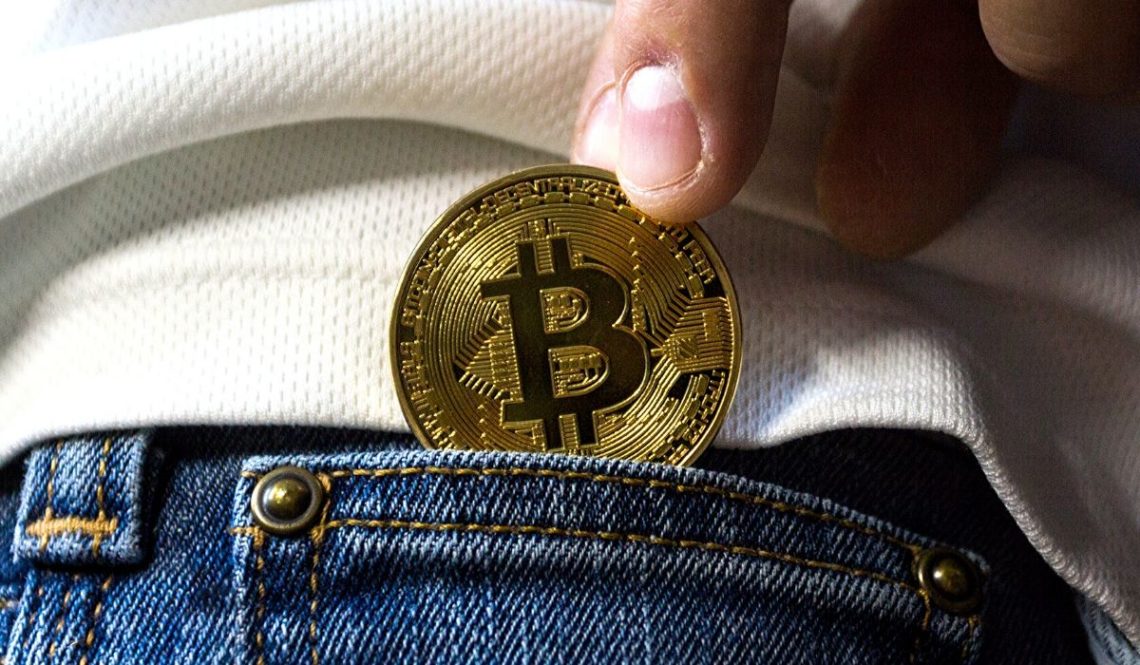- PoW works by achieving consensus for the chain that has more computational power put into it.
- A 51% attack works by attaining control over 51% of all mining nodes on the network.
- 51% of attacks are becoming much more common as people understand the PoW mechanism.
One of the main drawbacks of the proof-of-work (PoW) consensus used by many cryptocurrencies in the present day is vulnerability to a 51% attack. PoW works by achieving consensus for the chain that has more computational power put into it.
A 51% attack works by attaining control over 51% of all mining nodes on the network so that the minimum amount of computing power required to validate illegitimate blocks onto the blockchain completely is achieved.
Over the past few years, 51% of attacks are becoming much more common as people understand the PoW mechanism, the security protocols for the nodes running a particular cryptocurrency’s blockchain.
And gather enough knowledge to work around and hijack more than 51% of all nodes for low and mid-tier cryptocurrencies. Yet even after major attacks that have resulted in huge losses for the users of the cryptocurrency, exchanges still do not delist these coins.
This sounds like very dubious behavior when considering that exchanges should be protecting their customers from investing in attack-vulnerable cryptocurrencies. So then, why do exchanges engage in keeping these coins listed? This is the question that Dragonfly Capital Researcher, Ashwin Ramachandran, and Managing Partner, Haseeb Qureshi have tackled in a blog post on Medium.
The authors begin the article by speaking about the Bitcoin Gold hack that happened a couple of weeks ago that resulted in $72,000 being double-spent on the BTG blockchain. Yet, even after such a devastating attack, exchanges remained to list BTG and allowed users to trade it.
And this is even weirder considering that exchanges are normally the most affected victims of a 51% attacks since the manipulated or double-spent money is lost from the exchange’s treasury.
Ramachandran and Qureshi though, have shown using mathematical proof that it is more profitable for exchanges to keep listing low-mid tier market cap coins, even with the high risk of a 51% attack. The duo comes to the consensus that as long as the exchange’s profit per year is larger than the losses due to a potential attack, exchanges will continue to list vulnerable coins.
Exchanges can also go one step further and take further measures to try and curb the possibility of an attack by increasing the block confirmation time before allowing for cryptocurrency withdrawals. This means that any withdrawal will have to wait for a certain number of blocks to be verified to make sure the genuine blockchain is being validated and the withdrawal is safe.
This wouldn’t prevent attacks entirely, but it will increase the cost of running an attack. They can also specifically target the low-mid tier coins and monitor their transactions more strictly to ensure the transaction ledger is not being manipulated.
Even though coins are 51% attacked time and time again, the profits made by exchanges over the entire year easily account for the losses and still leave a lot for the exchange, and this is also another reason why coins don’t depreciate and die after being attacked. There is also some mystery to 51% attacks as sometimes they cause the prices of a coin to increase, and this cannot yet be explained.
Steve Anderson is an Australian crypto enthusiast. He is a specialist in management and trading for over 5 years. Steve has worked as a crypto trader, he loves learning about decentralisation, understanding the true potential of the blockchain.


 Home
Home News
News










